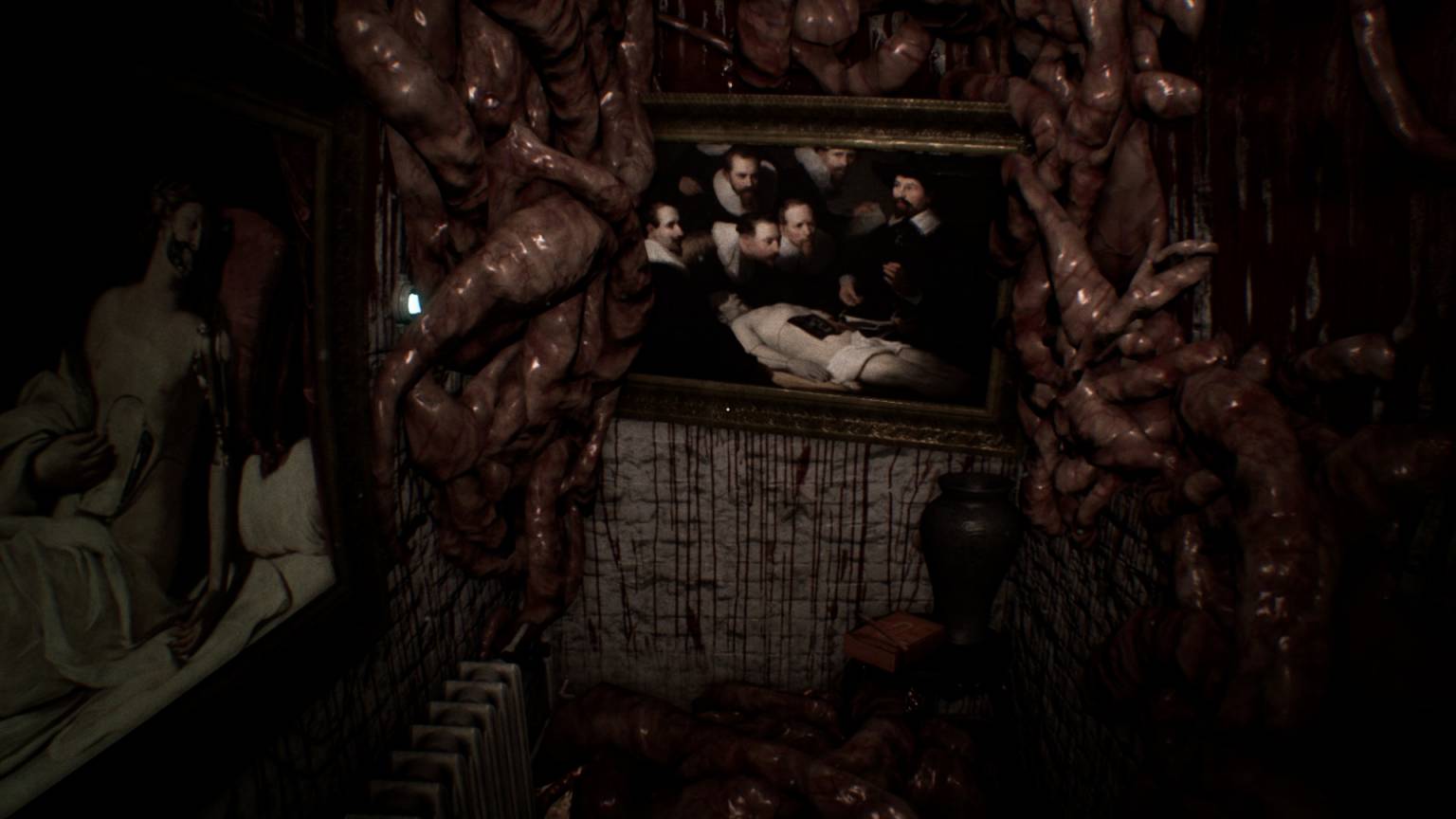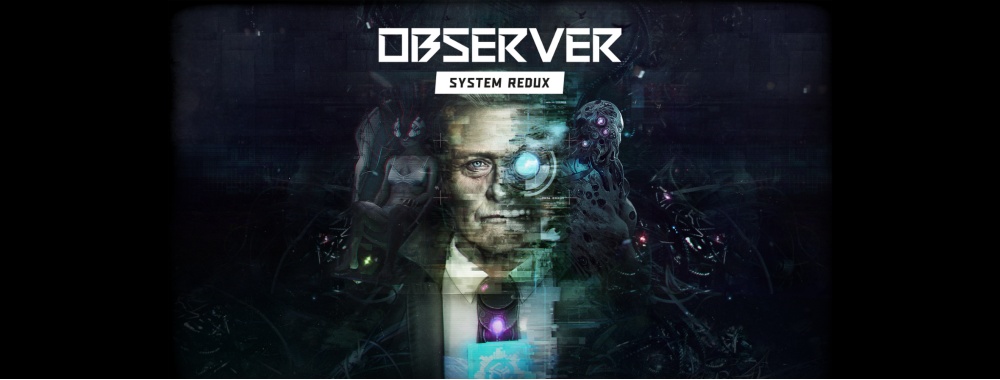



#OBSERVER SYSTEM REDUX PC REVIEW UPDATE#
The Observer: System Redux update has added ray tracing on compatible consoles/graphics cards, new 4K textures, and three new sidequests seamlessly integrated with the existing story content. This wasn’t part of a big, showy sequence – it felt natural and ambient, and it was all the more stunning because of that. It was really something, awesome in the original definition of the word. Birds wheeled and crowed above, casting forboding, fleeting shapes against the churning weather. There was a moment early on where I stepped out onto a walkway between two different parts of the block to be met with neon glaring against the night sky, just as a thunderstorm rolled in. Observer looks nothing short of incredible now. The technological aspect of Observer: System Redux is reflected beautifully in the Dream Eater sequences, surreal glitches and distorted audio disorienting the player whilst subtly guiding them through the short puzzles with visual cues. This is where Bloober Team’s masterful audio-visual abilities build to a crescendo, as Daniel traverses collapsing, drug-addled brains, explores the decaying memories of the freshly deceased, the line between reality and hallucination twisted beyond recognition. The cramped apartment complex transforms into a walking nightmare thanks to Daniel’s Dream Eater implant – technology that allows him to hack into the minds of other people. It’s dark and miserable, yet lavish with effective storytelling that pushes you through the gloom and dread to discover more. Sidequests will emerge as you explore, too – and while these aren’t essential they’re solid stories in their own right that build Observer: System Redux’s incredible world up in small but significant ways. You can pursue the main story, switching between different vision types to highlight and analyse different clues, pulling together the loose threads until they make sense. Almost every part of the fairly limited space is used to maximum effect, with plenty of attention to little details and incredible graphics telling little stories of their own as you explore. Most of the apartment inhabitants are products of a shitty world, and though there are glimmers of hope amongst the filth, a truly horrendous picture of the future is painted through incidental dialogue.
#OBSERVER SYSTEM REDUX PC REVIEW FULL#
The story unravels within a single apartment complex, run-down and full of societal rejects – drug addicts and lower-case citizens, the majority of which will not interact with you in person. Lazarski isn’t overly chatty, which suits the game fine – every element of the sound design is carefully paced and layered, transforming Observer’s grim apartment block into a breathing, pulsing being. His voice drips atmosphere, soaked in cigarettes and booze, a sardonic, self-loathing man who has seen too much and done too little about it. Lazarski is perfectly voiced by the late Rutger Hauer, who famously played Blade Runner‘s iconic Roy Batty. We’re exploring Krakow’s especially dystopian future in 2084 as Daniel Lazarski, a detective equipped with augmentations allowing him to hack the minds of interrogation subjects. Cyberpunk as a theme has certainly exploded into the public eye anew recently, but Observer is… different. Ever since the release of Blade Runner back in the eighties (which might as well have been a different planet at this point) neon-splashed grimy alleyways contrasted with sharp future-tech have become a pop culture mainstay. When they turned that keen eye onto the cyberpunk theme – an area rich with unexplored horror potential – the results were outstanding. Poland’s Bloober Team have made huge strides in the horror genre, releasing the dynamic, visionary Layers of Fearin 2016.


 0 kommentar(er)
0 kommentar(er)
